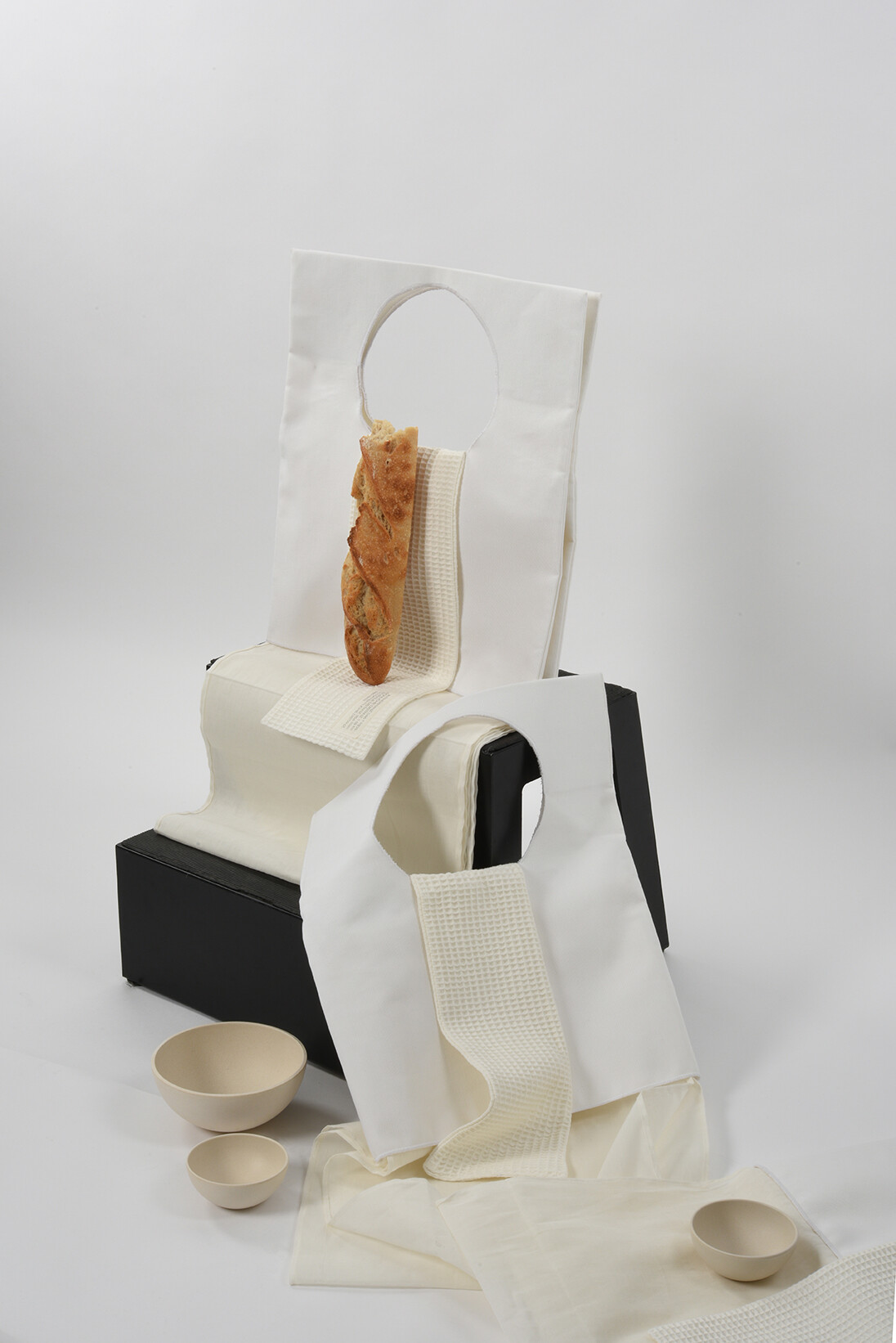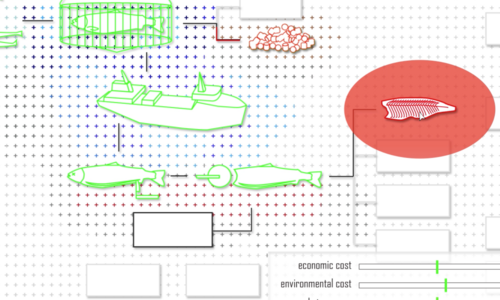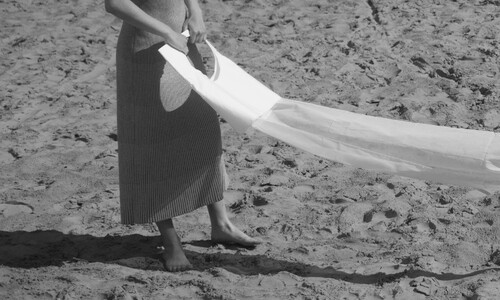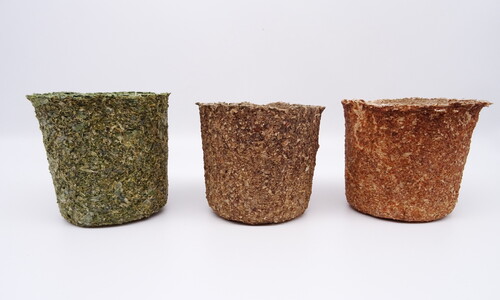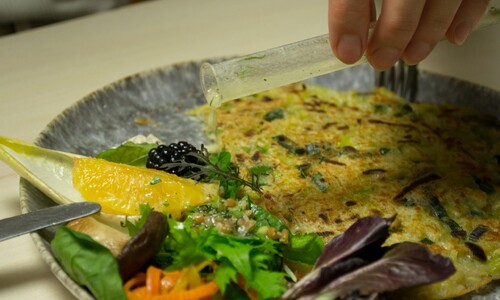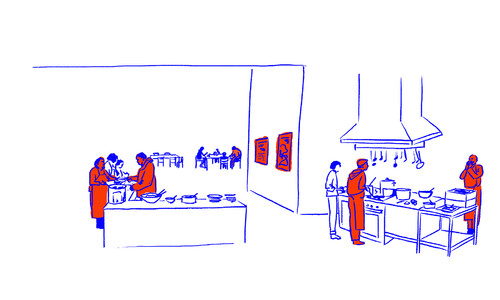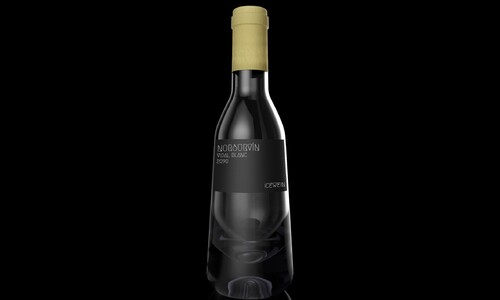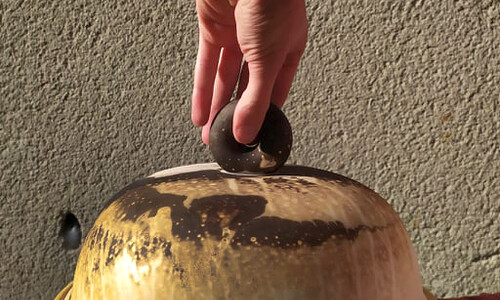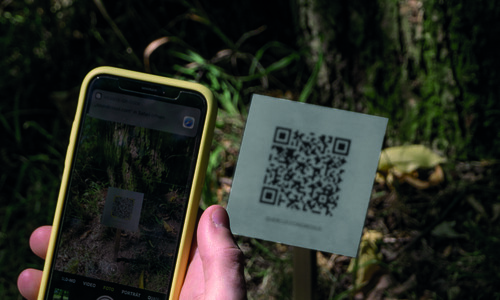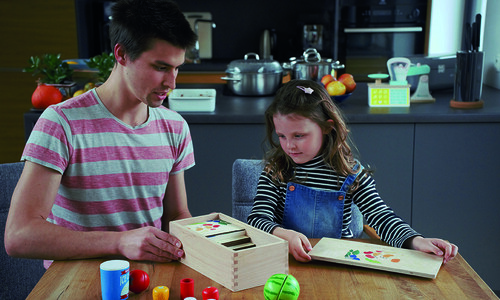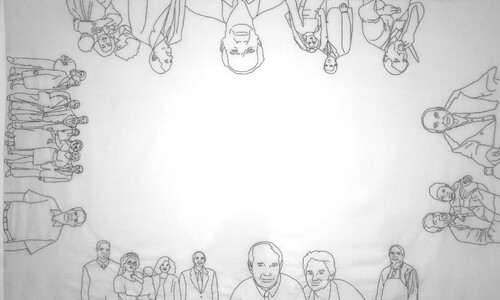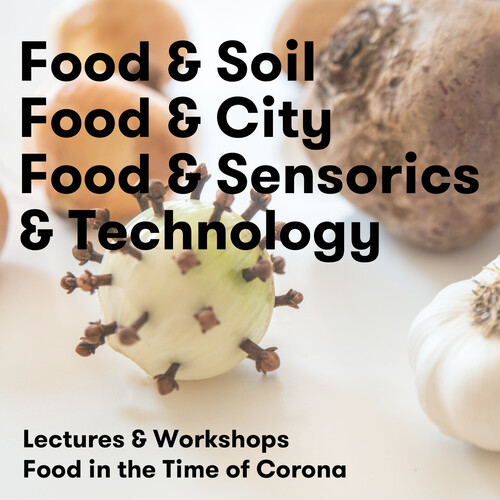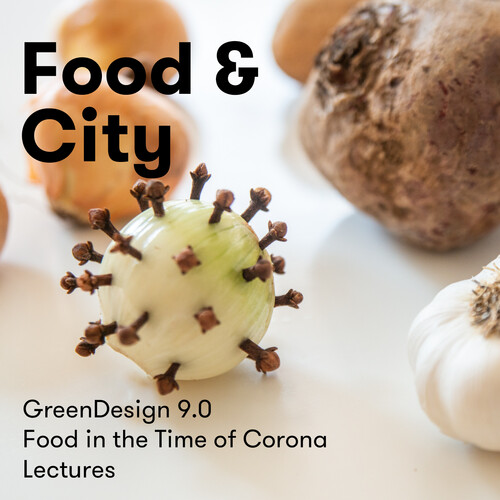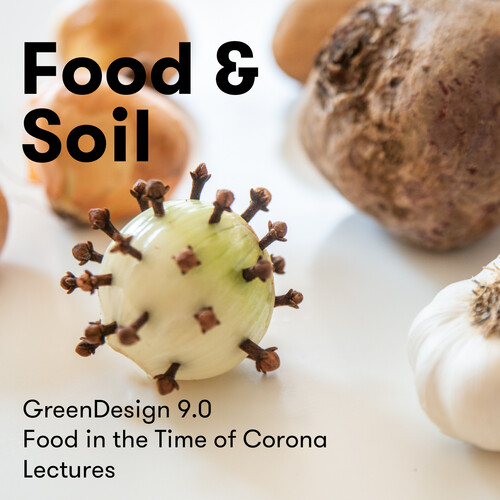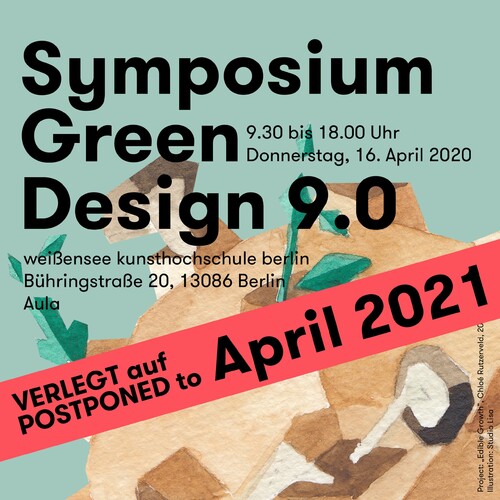“Compagno” - Latin: com “with” and panis “bread”, describes the person with whom we share our bread.
It begins with long pieces of fabric, which can be unfolded to various lengths, thus defining a distance between the individuals involved. Two people are connected to each other at a time, and they set the fabric in motion. Light bamboo bowls glide from one person to the other, transporting aromas and tastes, they become the object of the interaction. The scene can grow to include an unlimited number of people and extend into public space. An intervention that reinterprets the ways we move, triggers an unorthodox way of interacting, and breaks up cultural conventions in order to allow new, more playful, mealtime procedures to emerge.
“A contemporary strategy for new food culture scenarios could be to test out the future of the community table, equipped not only with good food, but consciously with playful means (as an alternative to militant means).” Harald Lemke


